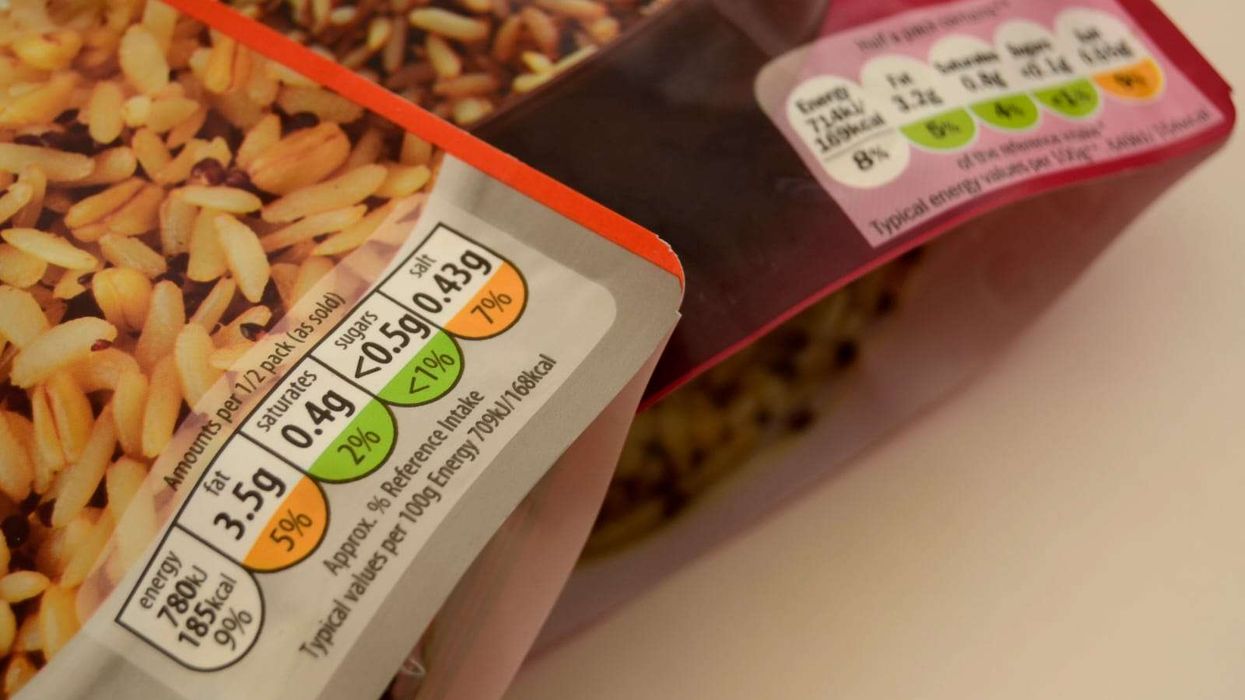WHETHER it is in everyday life, when wooing a potential partner, on social media, at work or in any number of other situations, people want to get noticed.
With over 12 years of experience working with the biggest movie stars and clients from other fields, in marketing, PR, creative communication, damage control, strategic campaigns and reputation management, Anushree Kirtikar knows what it takes to draw positive attention.
The Mumbai-based publicist recently joined Jio Creative Labs as its head of PR and shared some of her amazing expertise for those wanting to get noticed, and draw positive attention to themselves, with 12 top tips.
Hard work: You can have the most eye-catching look or expensive wardrobe, but there is no substitute for good old fashioned hard work. Those who have made it big, including A-list Bollywood stars I have represented, work incredibly hard on every aspect, from their styling to their acting, relationships and everything else. A good work ethic will always get you noticed by the right people. Even if you don’t love your job, work hard at it, and use it as a springboard to something better. Good work will always make you shine.
Improvement: Stay out of the dreaded comfort zone. Remaining in one place too long can lead to stagnation and that bright aura around you becoming duller. Keep looking to improve, evolve, learn, and get stronger in whatever field you are in. Each improvement will make you brighter, bigger and better at getting positive attention. Even the smallest steps forward will help you reach a goal quicker.
Style: Dress to impress. This doesn’t mean splurging on a designer wardrobe, but wearing something eye-catching that represents you. The more comfortable you are in a look, the more confidence it will give you. Ultimately, let your personality shine. Take tips from online or friends you trust if needed.

Calmness: There will be times when things don’t go to plan and it’s something everyone, including the biggest celebrities, experience - trust me, I know! Even though it might be difficult, don’t panic, because you don’t want to draw the wrong kind of attention. Remember, each problem does have a solution, which will draw that good energy back and make you glow.
Online: In today’s times, a good online presence is important if you want to be noticed. This doesn’t mean millions of followers, but a good authentic representation of who you are, whether it’s a detailed LinkedIn profile or a social media account showing off your best side. (This will also mean removing any negative posts from the past, which could bite you in the present or future and drag you down).
Relationships: Building great bonds will lay the foundation for the tall tower you want to build for yourself. As that tower gets higher, more people will notice you. Have relationships with good people and look to network with those established in your field. The good ones will give you tips and advice if you just ask.
Uniqueness: The biggest selling point about ‘you’ is ‘you’. You can get inspired by someone you admire, but don’t try to copy them. Whether it is your personality, quirky sense of style or great work, let your strengths and best qualities shine through. Remember there is no one else like you and that is a big strength, which will make you stand out from the crowd.
Confidence: A confident person will always draw attention. If the inner confidence isn’t there, don’t worry. As the famous saying goes, ‘if you don’t feel confident, fake it until you do, as no one can tell the difference’. There are plenty of things you can do to make yourself more confident and many of these top tips are online.
Observe: Speaking and showing off your strengths is great to get noticed, but listening and observing are equally important. Look at what others are doing right or wrong and learn from it. Also, taking time to observe your own journey and actions, will result in improvement, which will subsequently lead to more attention.
Niceness: Even if it is difficult at times, be nice to others. Negativity will draw negative attention, even if you don’t see it. Being nice will build good relationships and leave people with a positive impression of you.
Positivity: There will be times when things are not going to plan and this can easily dim your inner light, and sap you of motivation, which can subsequently push you into the background. Remaining positive will help find solutions quicker and draw the right attention even if things are not going to plan.
Go for it: Last but not least, you need to be in it to win it! Whether it is for work, dating, socialising, or anything else be brave enough to put yourself out there. You won’t get noticed if no one knows about you. You got this.












